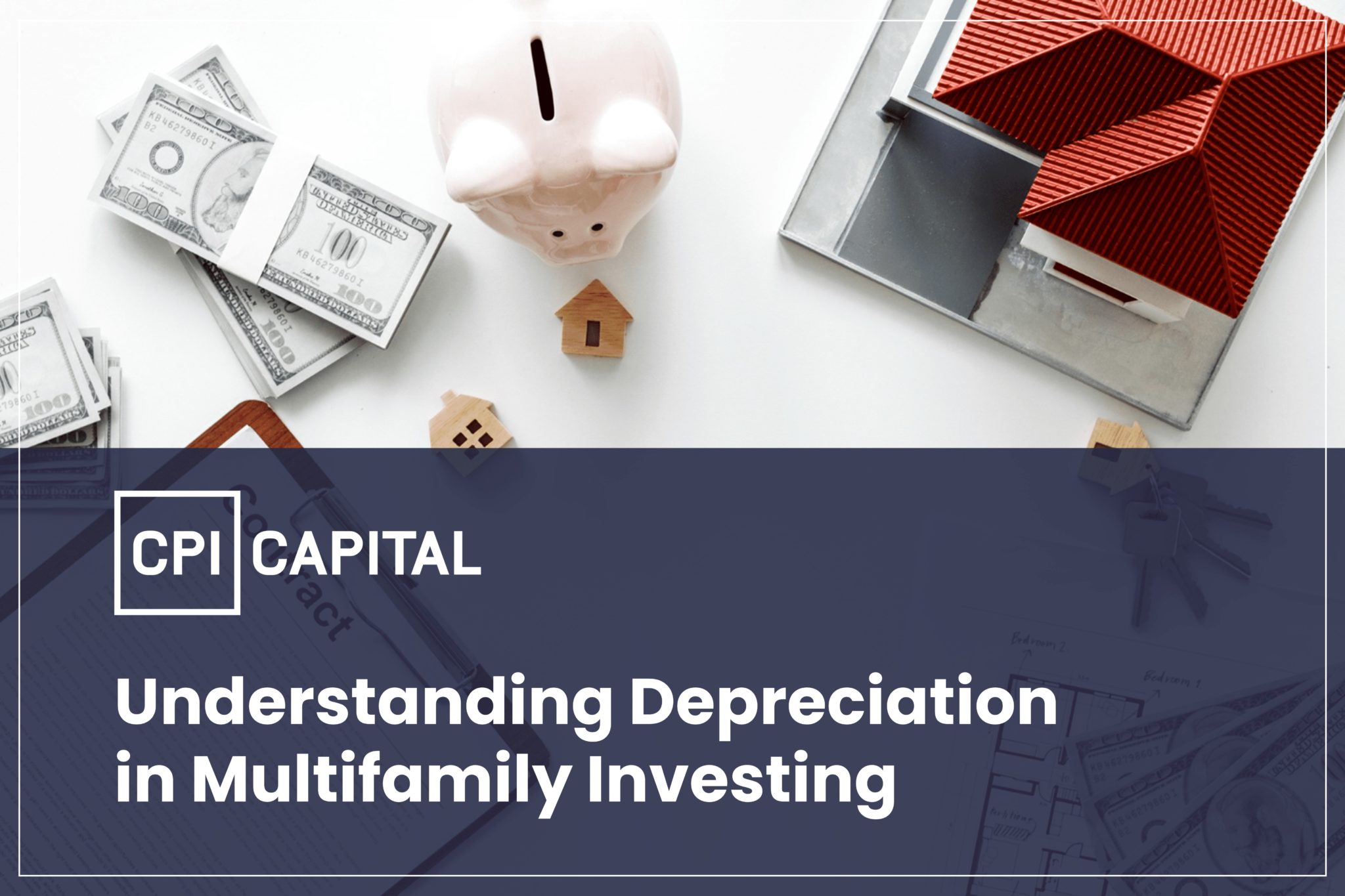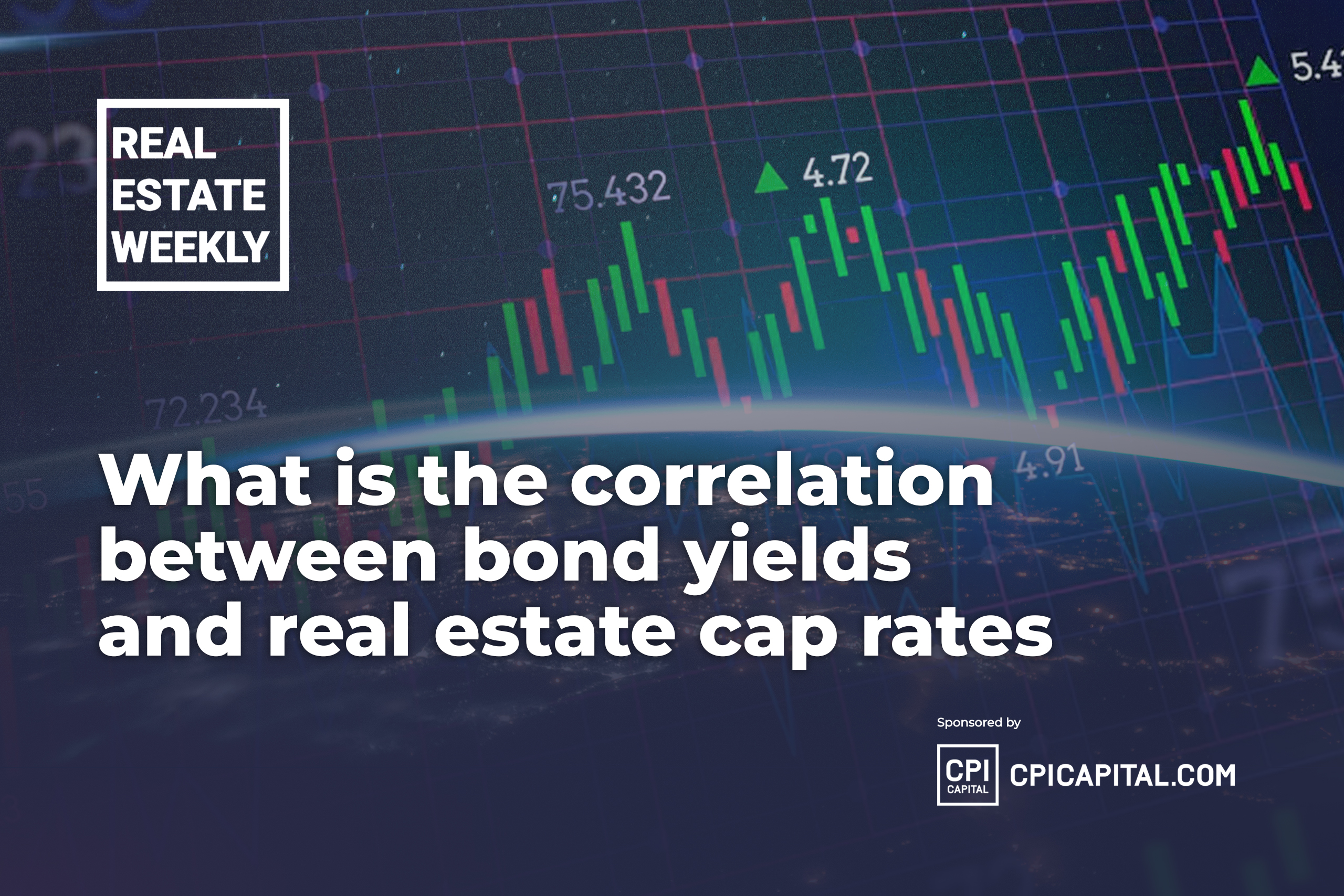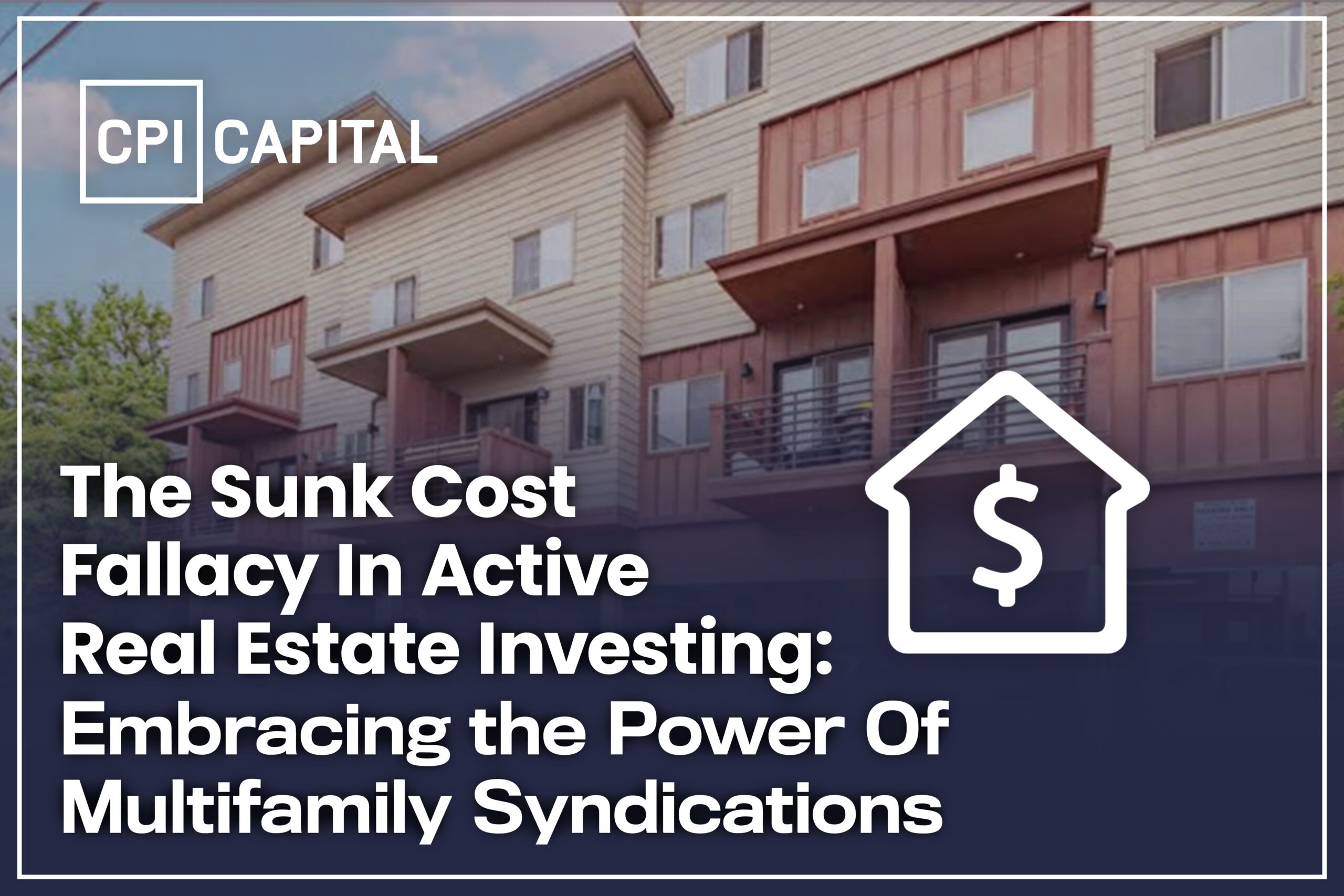
Depreciation is one of those terms which is often misunderstood by real estate investors.
Some of such misunderstanding may arise as depreciation has been defined as “the diminution or reduction in the value or usefulness of an asset.”
But, as real estate private equity investors don’t want their assets to decline in value, many wonder how a property can be considered to be perceived to decline in value, whereas in reality its capital value increases over time?
Well, in multi-family and other real estate investments, depreciation is an accounting technique used to legally reduce or avoid paying any more tax than is required, and is one of biggest and best real estate tax shelters for owners of rental property.
So, let’s take a look at in more detail at depreciation and how this works: What is depreciation in accounting terms?
Depreciation is an accounting method which allocates the cost of a tangible or physical asset over its estimated useful life expectancy (the duration of which is assessed by the IRS).
In accounting terms it is assumed that all properties decline or depreciate in value over time due to “wear and tear” or that a property has a finite life before it becomes obsolete. Accordingly, an annual depreciation amount may be deducted from the property’s annual income before tax is assessed.
This means that, regardless of whether the property is making profits or appreciating in value, owners can deduct depreciation amounts from their real estate income tax—a very significant advantage to multi-family property owners.
As depreciation is not a “cash expense”, it won’t affect the cash flow of a property. Rather it is a book-keeping entry which appears on a tax return as a “non-cash expense” and, therefore, doesn’t affect the amount of profit generated by a property each year.
In reality, it’s very unlikely that, over time a property’s value will fall as, with good maintenance, increased demand, an improving location and so on, the property’s value is almost certainly going to increase.
What are the main types of depreciation?
The most common type of depreciation is the so-called “straight-line depreciation” where the the value of the depreciable asset is divided by its useful life—the number of years as established by the IRS.
There is also “cost segregation depreciation” which identifies building costs which would typically be depreciated over a 27.5 or 39-year period. These are reclassified to allow a shorter, accelerated method of depreciation for certain building costs.
Cost segregation depreciation can be a little more complicated and, whilst it can offer a higher level tax shelter, the more cost segregation is used, the higher an owner’s tax bill will be when the property is sold.
How does depreciation actually work?
With an operating multi-family real estate asset, as with any business, taxes will be paid on “Adjusted Gross Income” or “AGI”.
To derive AGI, the formula is quite simple, namely:
Gross Income – Deductions = Adjusted Gross Income
Once the Gross Income of the property has been calculated, it’s necessary to work out all of the Deductions in order to calculate the AGI to be used as the basis for the payment of tax.
Obviously, for taxation purposes, if Deductions can be maximized and the AGI minimized, the real estate investors can mitigate and/or dramatically reduce tax liabilities.
In fact, as depreciation is a legitimate deduction, in some cases, it may be that total deductions or expenses are higher than the annual income, in which case no tax is paid as the IRS will consider that the business made no profit or even made a loss.
An example of how Depreciation works
Cost of acquiring a multi-family unit building, say $10,000,000 Deduct value of land (as this is not depreciable)
This number can be seen on the local appraisal district’s website
or property tax statement but for this example, say 20% of the value or $2,000,000.
Taxable amount $8,000,000
Divide taxable amount by 27.5 years
(the IRS determination of useful life for multi-family)
Allowable annual depreciation expenses $290,909
This amount can be set off as a deduction against the annual profit or cash flow from the multi-family property.
If the figure is higher than such profit of cash flow, no taxes will be payable. Furthermore, any surplus loss can be used in subsequent years in which a profit is not made
At CPI Capital our key objectives are to maximize the returns to investors and depreciation is a legally used accounting technique which helps reduce tax liabilities for their benefit.
We work closely with professional accountants and other tax advisors to ensure that all of our properties perform to their optimum and our investors secure the advantages which depreciation can offer.
Yours sincerely
Ava Benesocky
CEO, Co-Founder CPI Capital
August Biniaz
CSO,COO, Co-Founder CPI Capital

Ready to build true wealth for your family?
It all starts with passive income. Apply to join the CPI Capital Investor Club.
Search
Recommended

What is the Correlation Between Bond Yields and Real Estate Cap Rates?
Dear valued existing investors and future investors, Welcome to CPI Capital's regular news...

The Sunk Cost Fallacy In Active Real Estate Investing: Embracing The Power of Multifamily Syndications
Dear valued existing investors and future investors, Welcome to this week's CPI Capital's news...

Key Metrics Every Multifamily Investor Needs to Know
Dear valued existing investors and future investors, Welcome once again to this week’s CPI...


